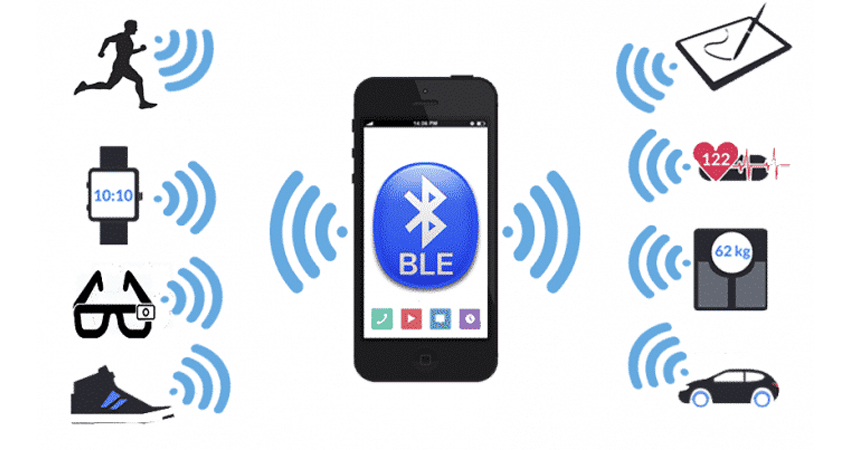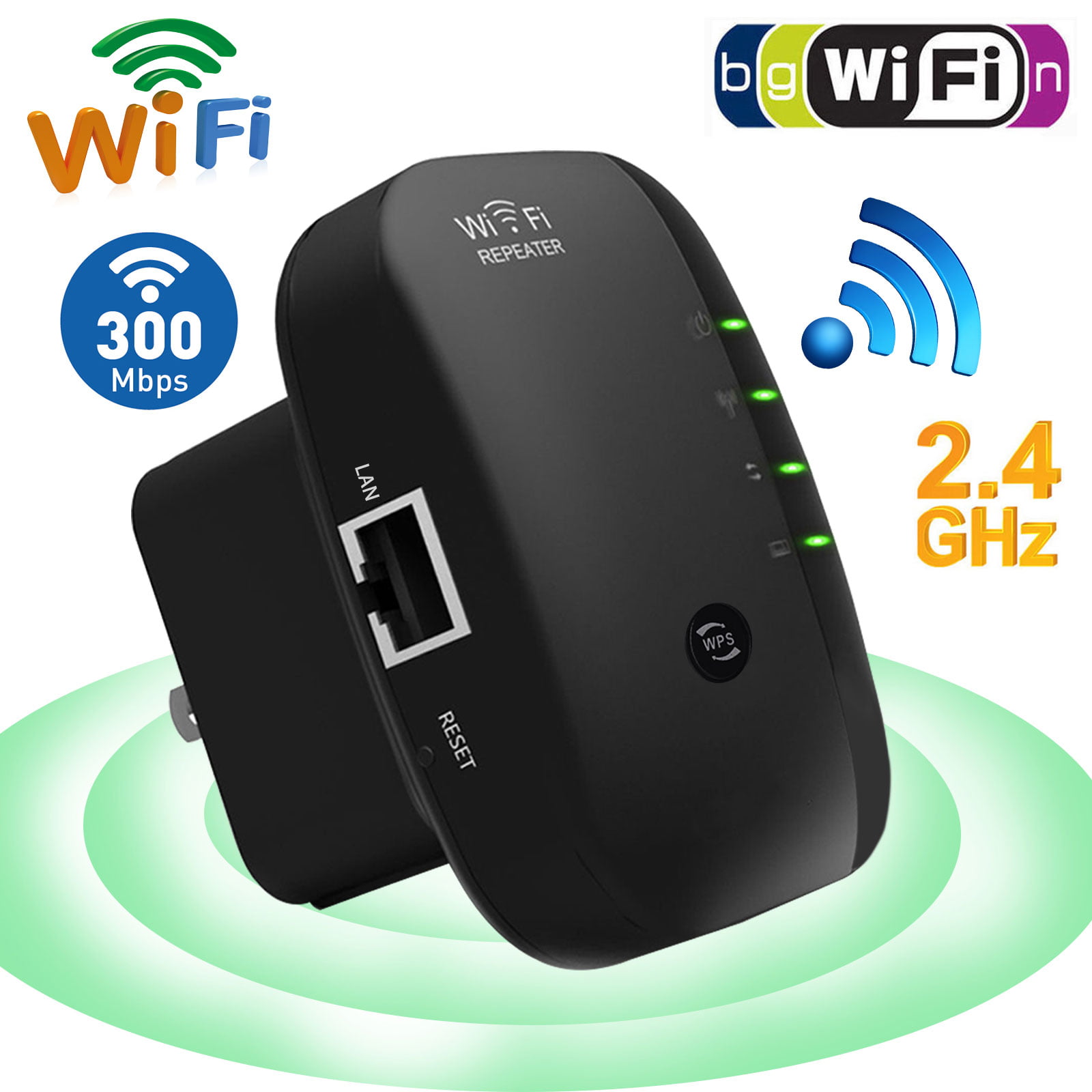Bluetooth Presentation
| Introduction to Bluetooth | ||
|---|---|---|
| Bluetooth is a wireless technology that allows devices to communicate and exchange data over short distances, typically up to 100 meters. It was developed in the 1990s by Ericsson and named after a 10th-century Danish king, Harald Bluetooth. Bluetooth operates in the 2.4 GHz frequency band and uses radio waves for communication. | ||
| 1 | ||
| Bluetooth Versions and Standards | ||
|---|---|---|
| Bluetooth has evolved over time with different versions and standards. The most common versions include Bluetooth 2.0, 3.0, 4.0, and 5.0. Each version brings improvements in terms of speed, range, power consumption, and compatibility. | ||
| 2 | ||
| Bluetooth Applications | ||
|---|---|---|
| Bluetooth is widely used in various devices, including smartphones, tablets, laptops, headphones, speakers, smartwatches, and fitness trackers. It enables wireless audio streaming, hands-free calling, file transfer, and remote control functionalities. Bluetooth is also used in automotive systems, home automation, healthcare devices, and industrial applications. | ||
| 3 | ||
| Bluetooth Pairing | ||
|---|---|---|
| Pairing refers to the process of establishing a secure connection between two Bluetooth devices. It typically involves entering a PIN or confirming a passkey on both devices to ensure secure communication. Once paired, devices can automatically connect to each other in the future without the need for repeated pairing. | ||
| 4 | ||
| Bluetooth Profiles | ||
|---|---|---|
| Bluetooth profiles define the specific functionalities and features that devices can support. Examples of Bluetooth profiles include Hands-Free Profile (HFP), Advanced Audio Distribution Profile (A2DP), and File Transfer Profile (FTP). Different profiles enable devices to perform specific tasks, such as making calls, streaming audio, or sharing files. | ||
| 5 | ||
| Bluetooth Security | ||
|---|---|---|
| Bluetooth security has improved over the years to prevent unauthorized access and data breaches. Pairing codes, authentication, and encryption techniques ensure secure communication. Users should always keep their Bluetooth devices up to date with the latest firmware to benefit from the latest security enhancements. | ||
| 6 | ||
| Bluetooth Low Energy (BLE) | ||
|---|---|---|
| Bluetooth Low Energy (BLE) is a power-efficient version of Bluetooth designed for low-power devices. BLE is commonly used in wearables, IoT devices, and sensors that require long battery life. It offers lower data rates and shorter range compared to classic Bluetooth but consumes significantly less power. | ||
| 7 | ||
| Bluetooth Range Extenders | ||
|---|---|---|
| Bluetooth range extenders, also known as Bluetooth repeaters or boosters, can enhance the range of Bluetooth signals. They amplify and retransmit Bluetooth signals to extend the coverage area. Range extenders are useful in larger spaces or areas with obstacles that may hinder Bluetooth communication. | ||
| 8 | ||
| Bluetooth Future Developments | ||
|---|---|---|
| Bluetooth technology continues to evolve with ongoing advancements. Bluetooth Mesh networking enables large-scale device networks for applications like smart lighting and home automation. Bluetooth 5.1 introduced direction finding capabilities, allowing precise indoor positioning and location-based services. | ||
| 9 | ||
| Conclusion | ||
|---|---|---|
| Bluetooth has revolutionized wireless communication, enabling seamless connectivity between devices. Its versatility, compatibility, and low power consumption make it a popular choice for various applications. As technology progresses, Bluetooth will continue to evolve and play a vital role in the Internet of Things (IoT) ecosystem. | ||
| 10 | ||
| References (download PPTX file for details) | ||
|---|---|---|
| Bluetooth SIG. (n.d.). Retrieved from https:/... Bluetooth technology basics. (n.d.). Retrieve... Your third bullet... |  | |
| 11 | ||








